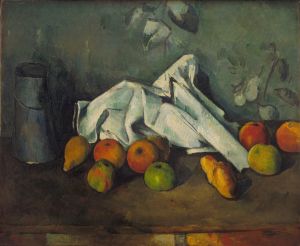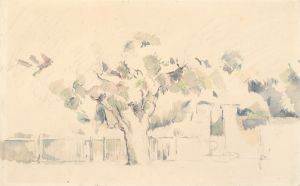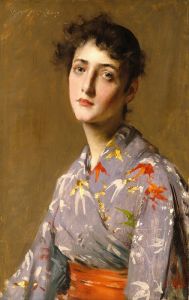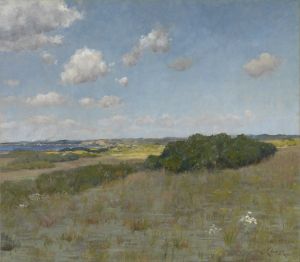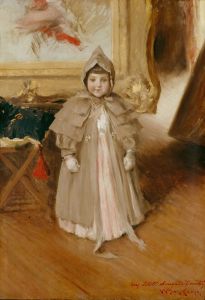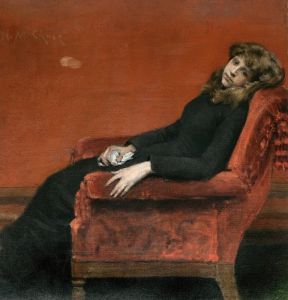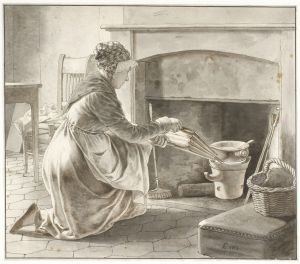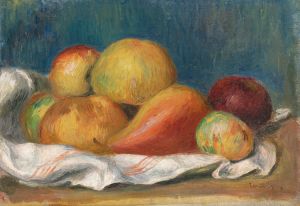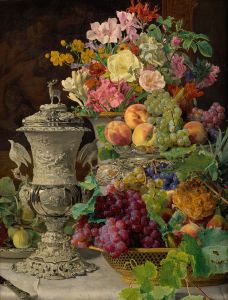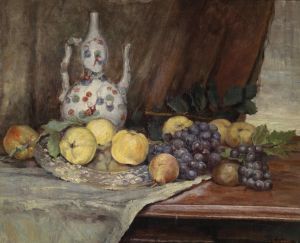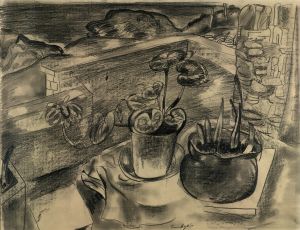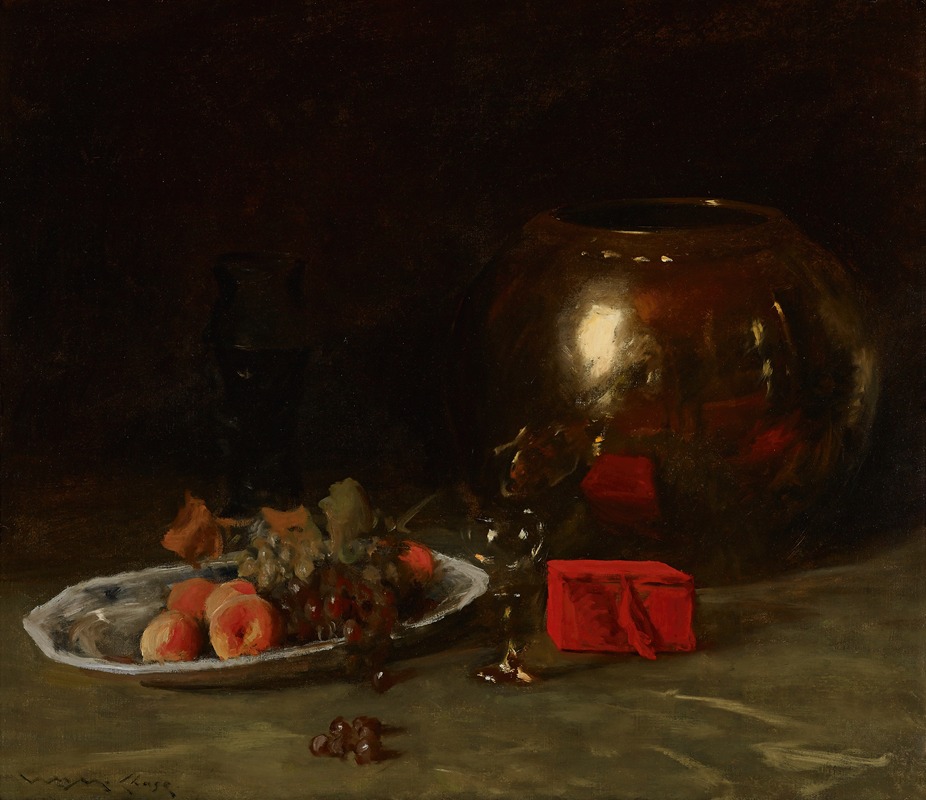
The Big Brass Bowl
A hand-painted replica of William Merritt Chase’s masterpiece The Big Brass Bowl, meticulously crafted by professional artists to capture the true essence of the original. Each piece is created with museum-quality canvas and rare mineral pigments, carefully painted by experienced artists with delicate brushstrokes and rich, layered colors to perfectly recreate the texture of the original artwork. Unlike machine-printed reproductions, this hand-painted version brings the painting to life, infused with the artist’s emotions and skill in every stroke. Whether for personal collection or home decoration, it instantly elevates the artistic atmosphere of any space.
William Merritt Chase was an influential American painter known for his contributions to Impressionism and his role in shaping American art education. One of his notable works, "The Big Brass Bowl," exemplifies his skill in still life painting, a genre he frequently explored throughout his career.
"The Big Brass Bowl" is a still life painting that showcases Chase's mastery of light, texture, and composition. While specific details about the creation date and the current location of the painting are not widely documented, the work is often celebrated for its intricate depiction of everyday objects, a hallmark of Chase's still life paintings. The painting features a large, polished brass bowl as its central subject, surrounded by various objects that complement its reflective surface. Chase's use of light and shadow in this work highlights the bowl's gleaming surface, creating a dynamic interplay between the objects and their reflections.
Chase's approach to still life was heavily influenced by his European training and exposure to the works of the Old Masters. He studied at the Royal Academy of Fine Arts in Munich, where he was exposed to the techniques of European painters, which he later adapted into his own style. His ability to capture the subtleties of light and texture in "The Big Brass Bowl" reflects this training and his keen observational skills.
In addition to his technical prowess, Chase was known for his ability to infuse everyday objects with a sense of elegance and importance. "The Big Brass Bowl" is no exception, as it elevates a simple household item to a subject worthy of artistic exploration. This approach was part of a broader movement among American artists of the time to find beauty in the mundane and to challenge traditional notions of what constituted a suitable subject for fine art.
Chase was also a prominent educator and played a significant role in the development of American art education. He founded the Chase School, later known as the Parsons School of Design, and taught at the Art Students League of New York. His influence extended to a generation of American artists who would go on to shape the country's artistic landscape.
While "The Big Brass Bowl" may not be as widely recognized as some of Chase's other works, such as his portraits and landscapes, it remains an important example of his still life oeuvre. The painting exemplifies his ability to transform ordinary objects into subjects of beauty and contemplation, a testament to his skill and artistic vision.
In summary, "The Big Brass Bowl" by William Merritt Chase is a significant work that highlights the artist's expertise in still life painting. Through his masterful use of light, texture, and composition, Chase elevates a simple brass bowl to a subject of artistic merit, reflecting his broader contributions to American art and education.





